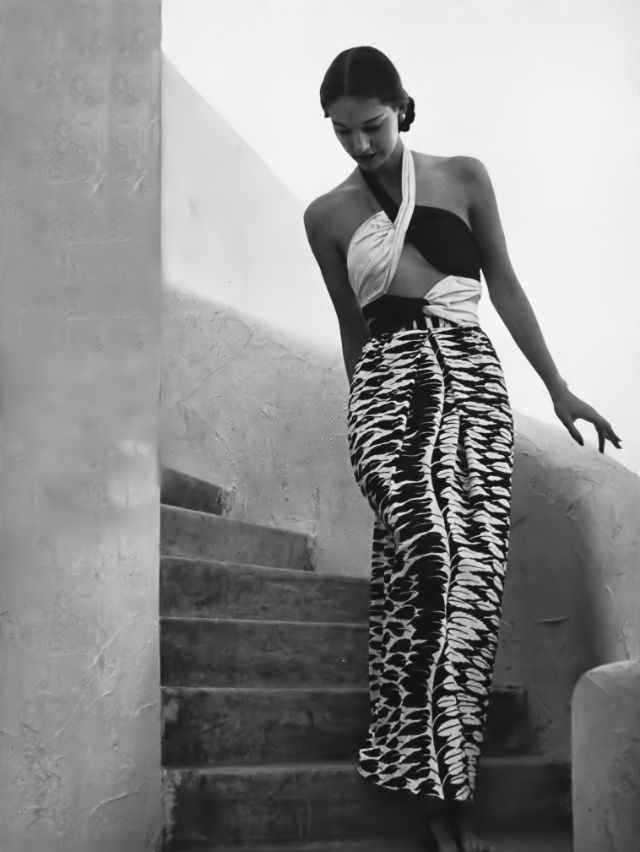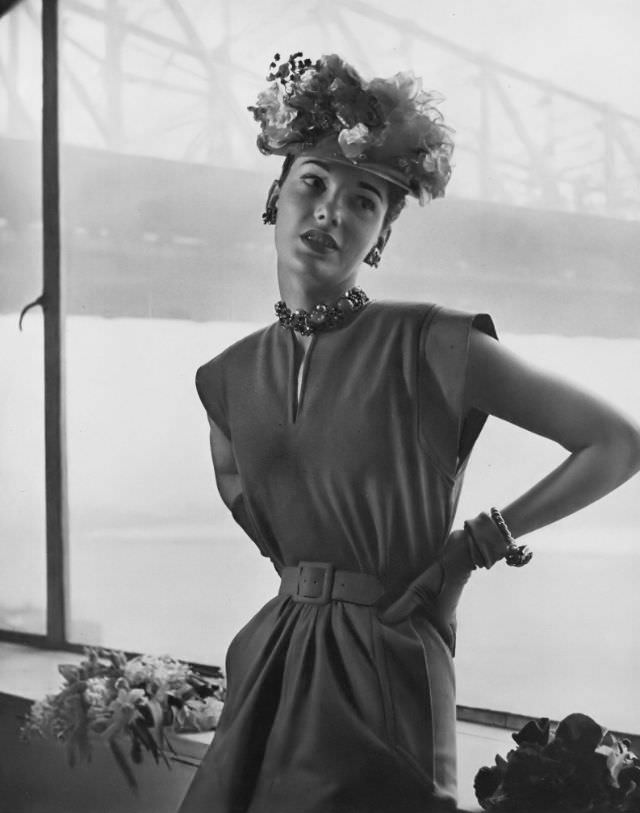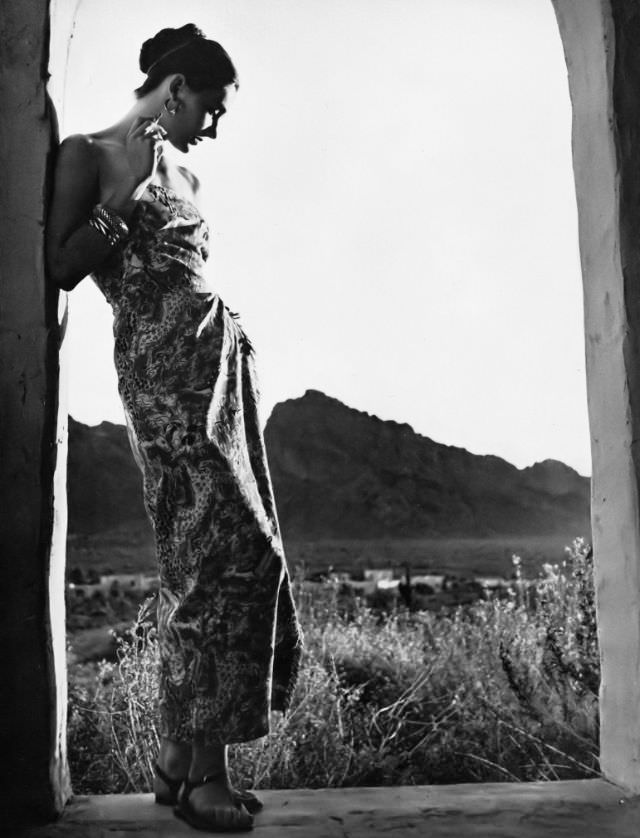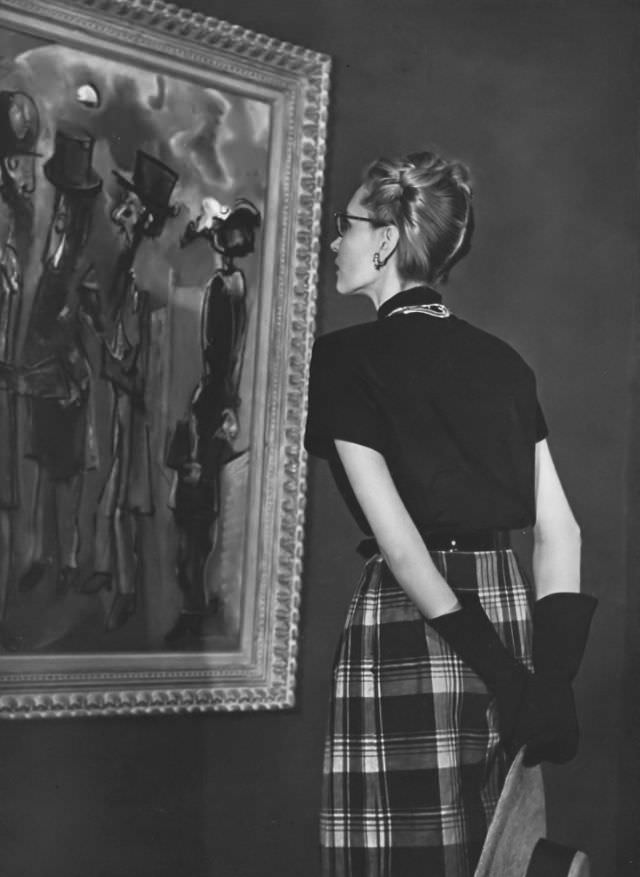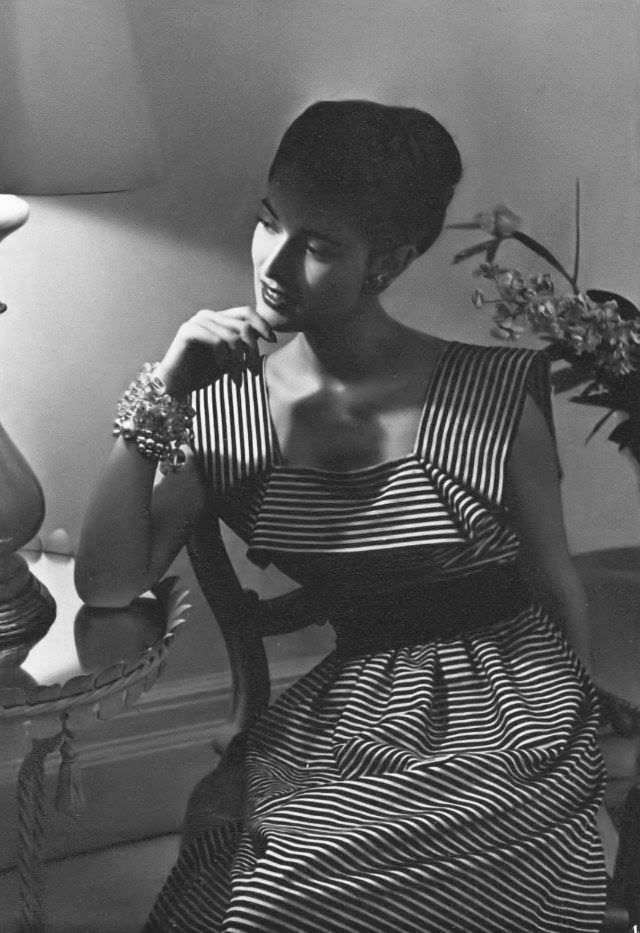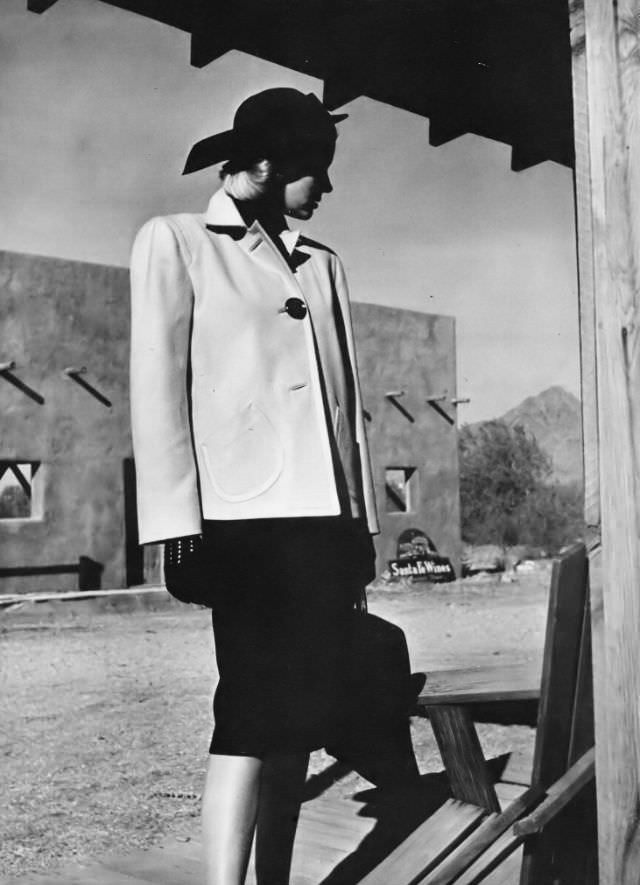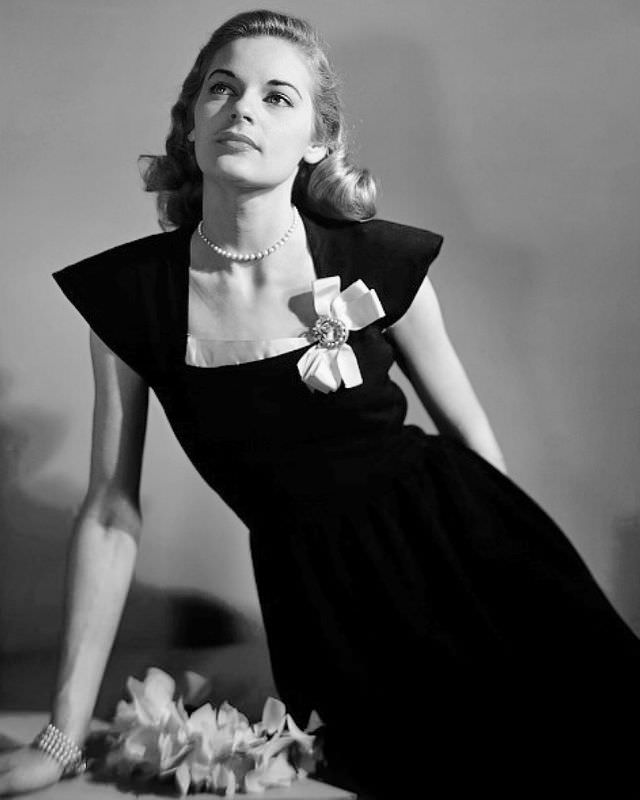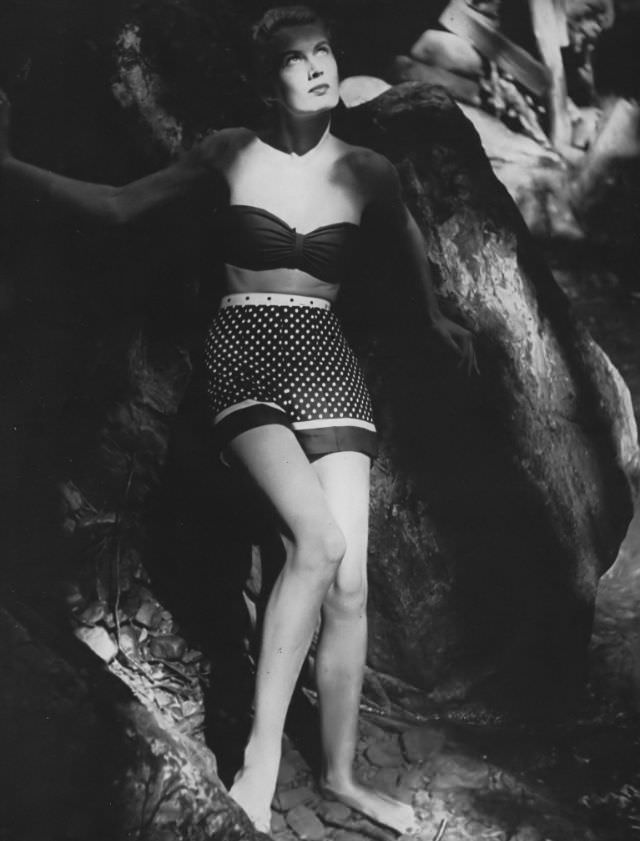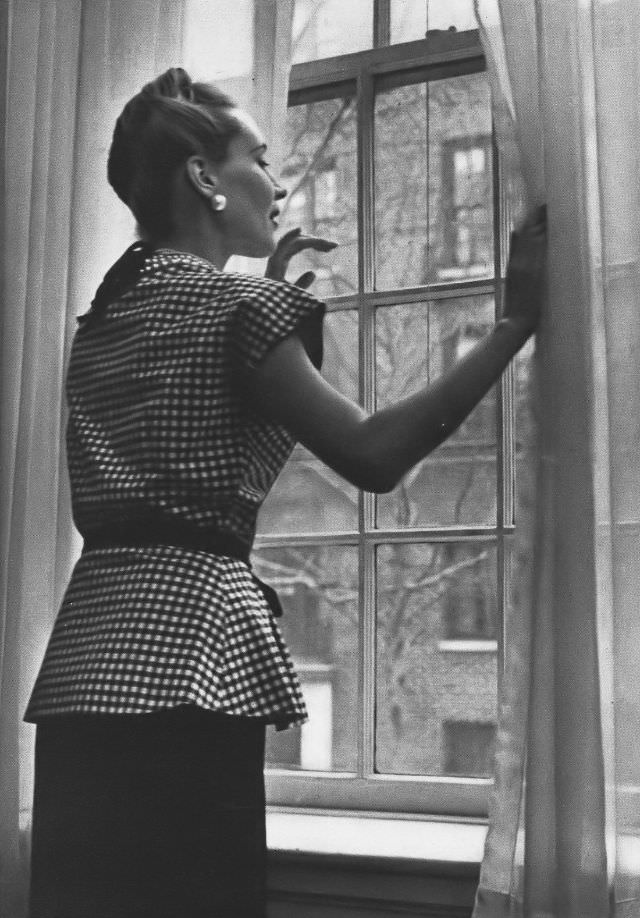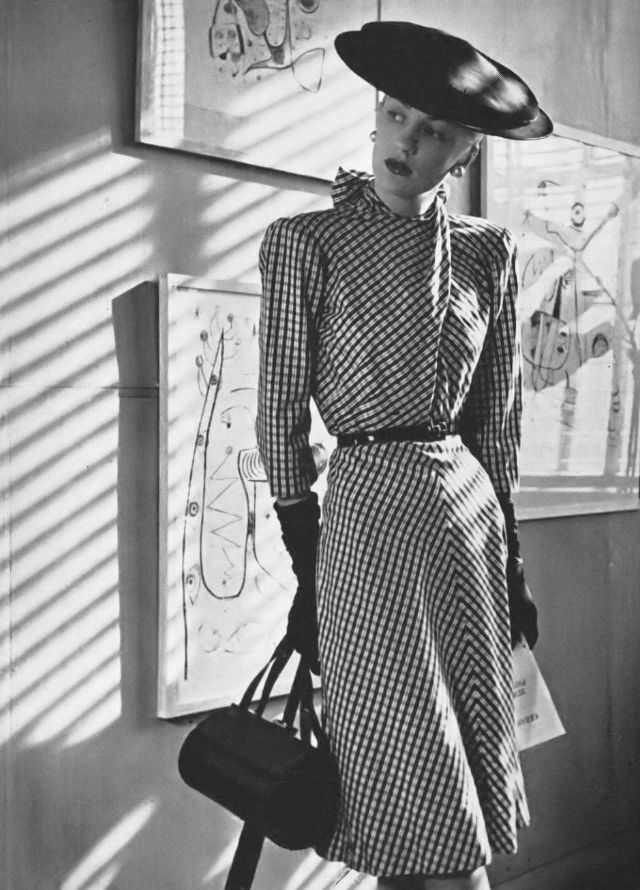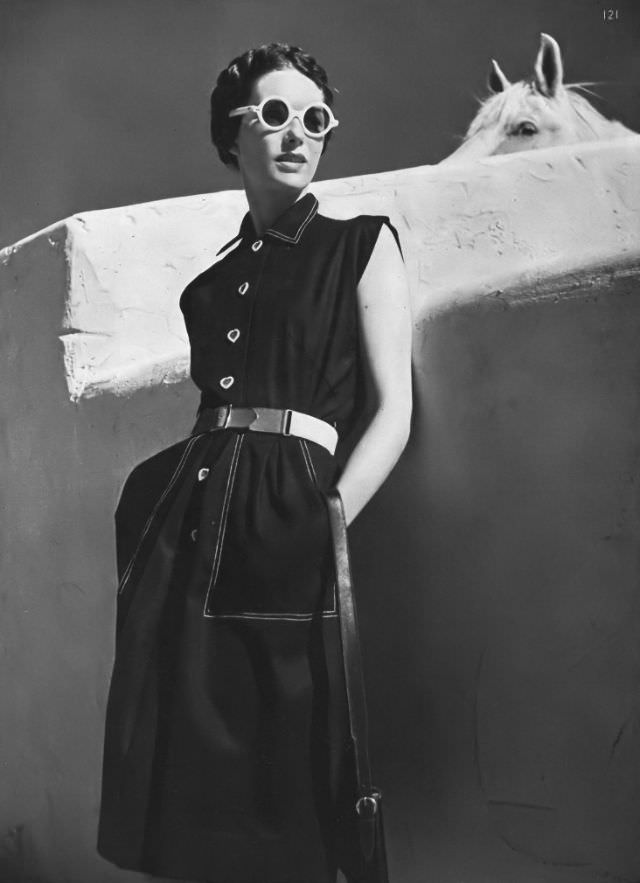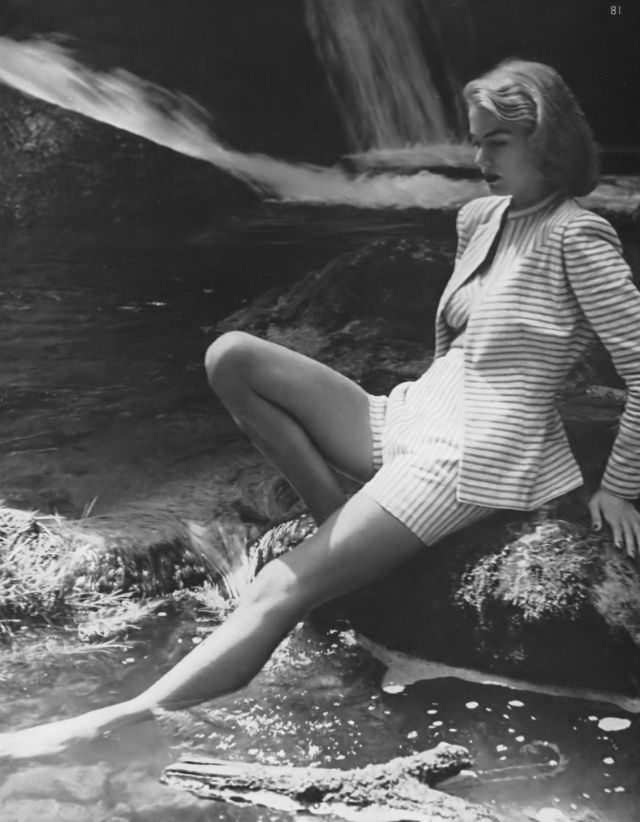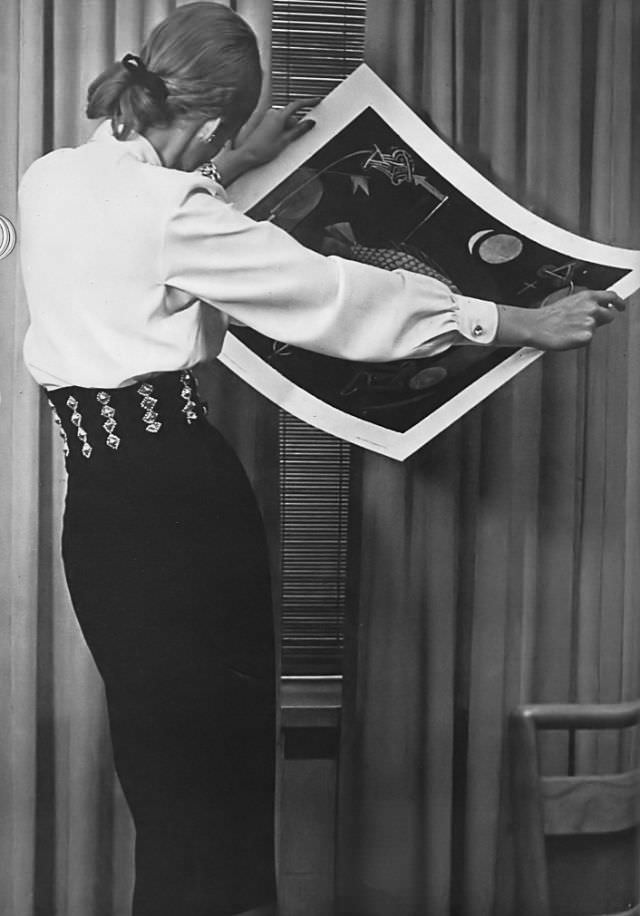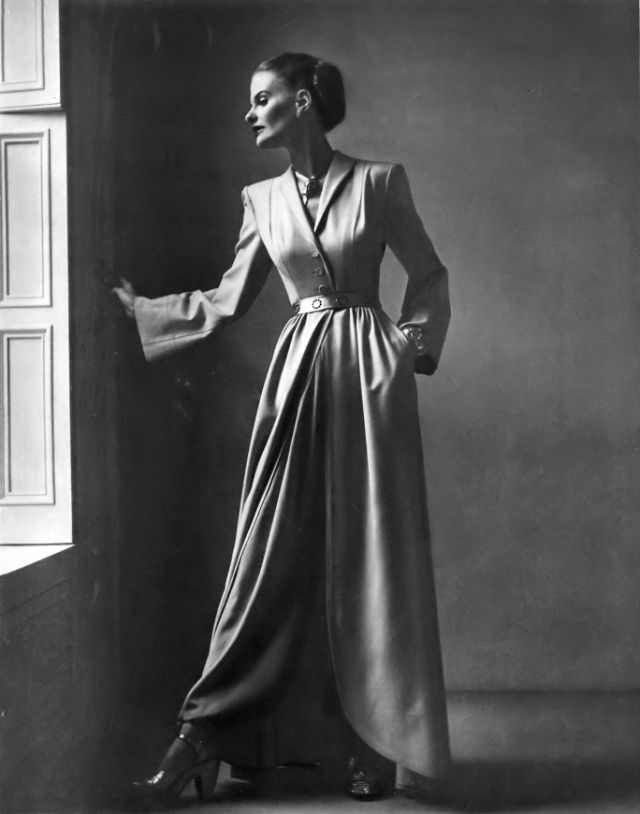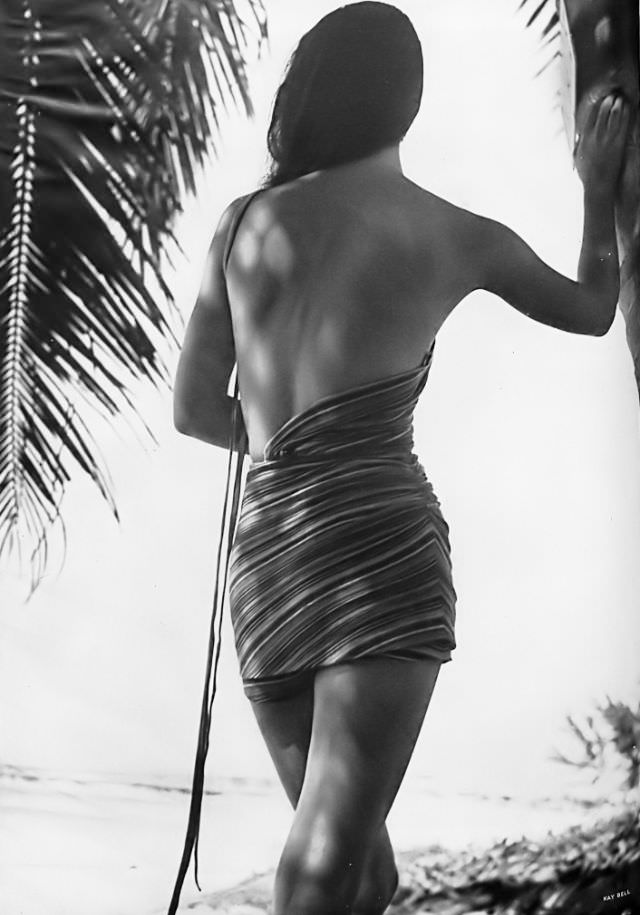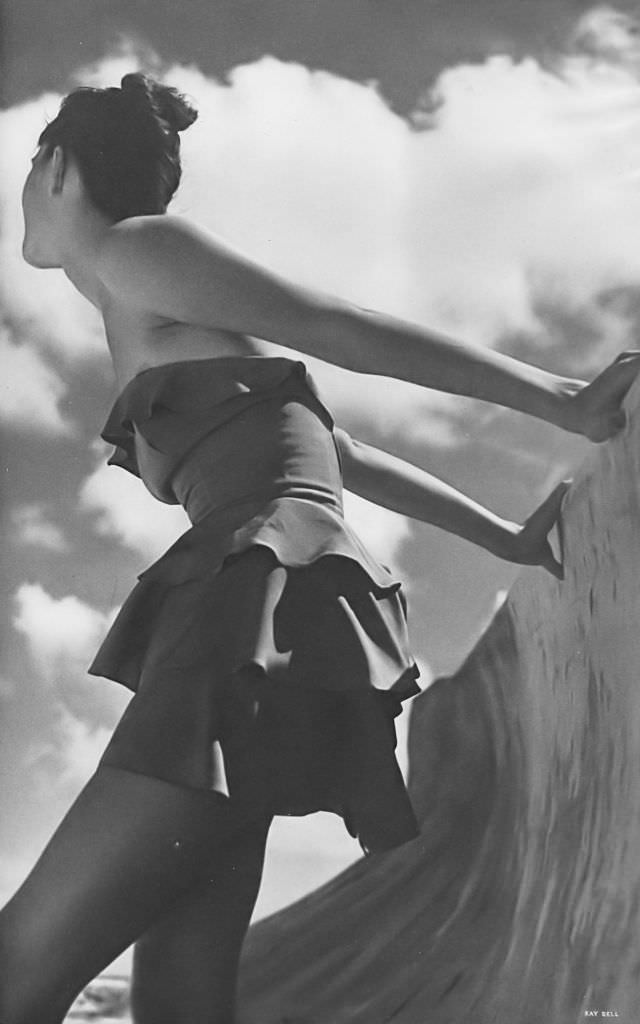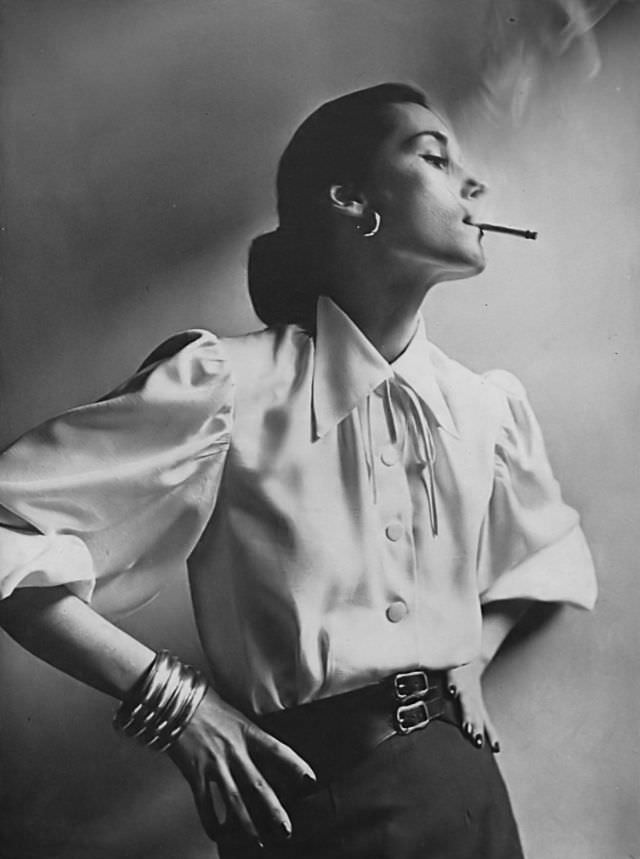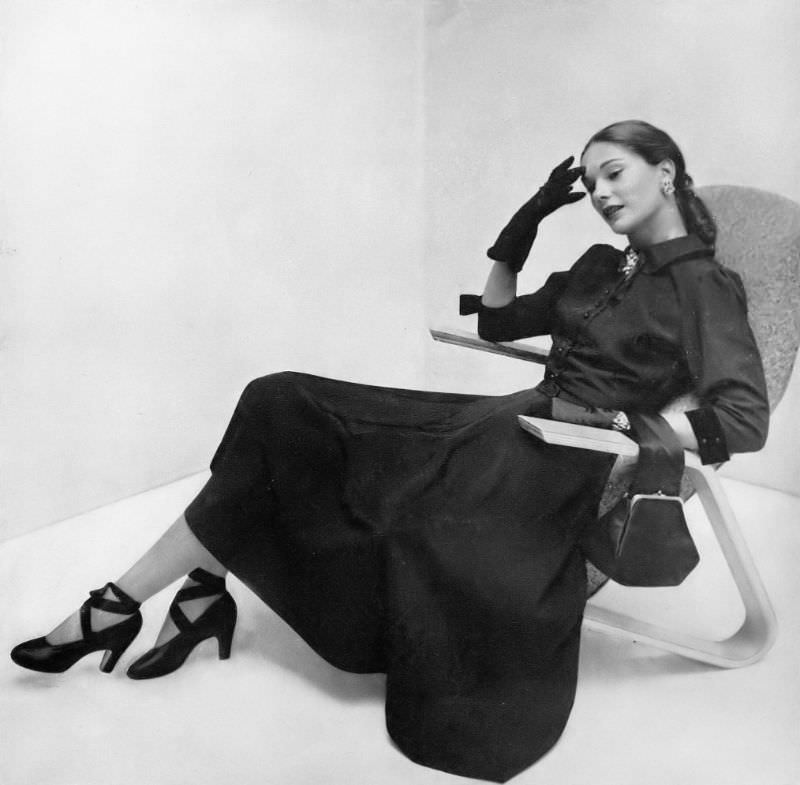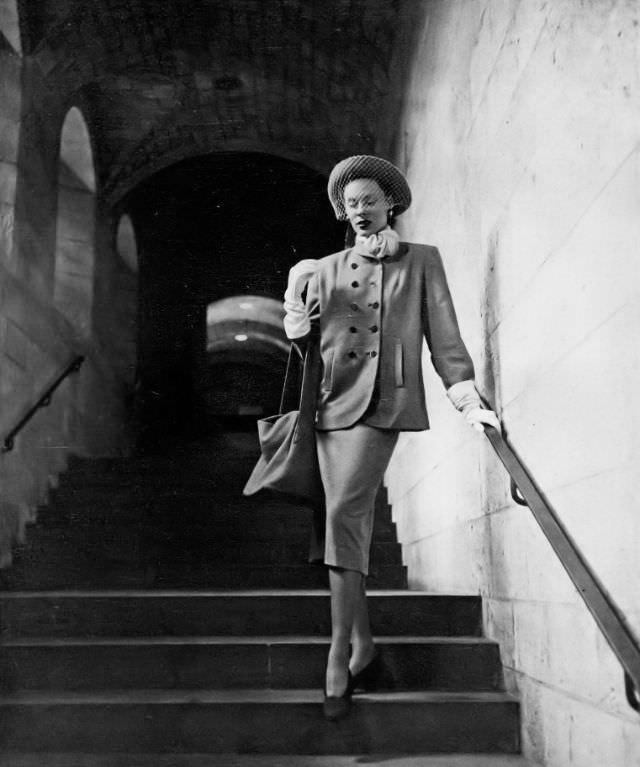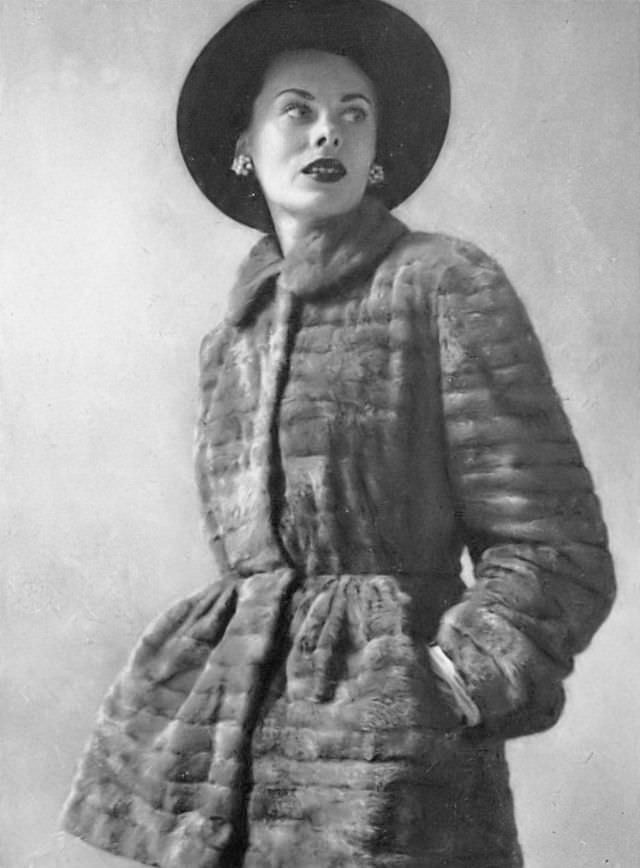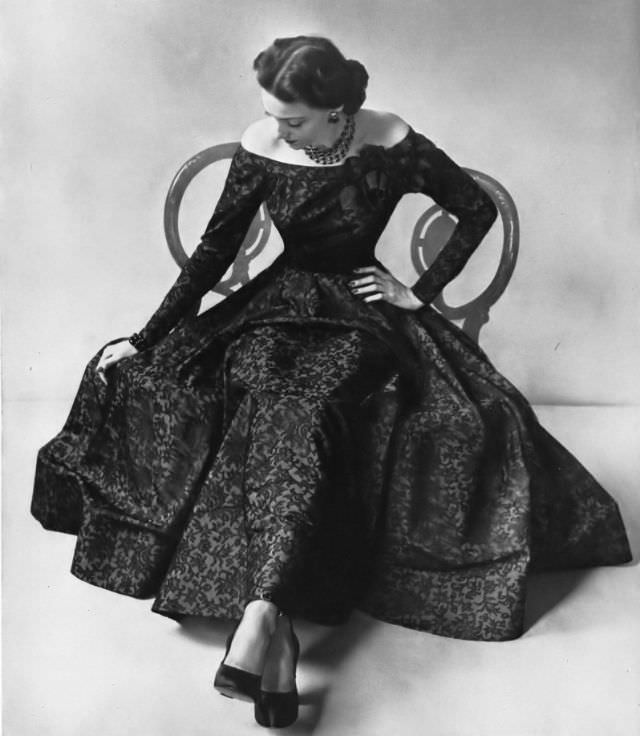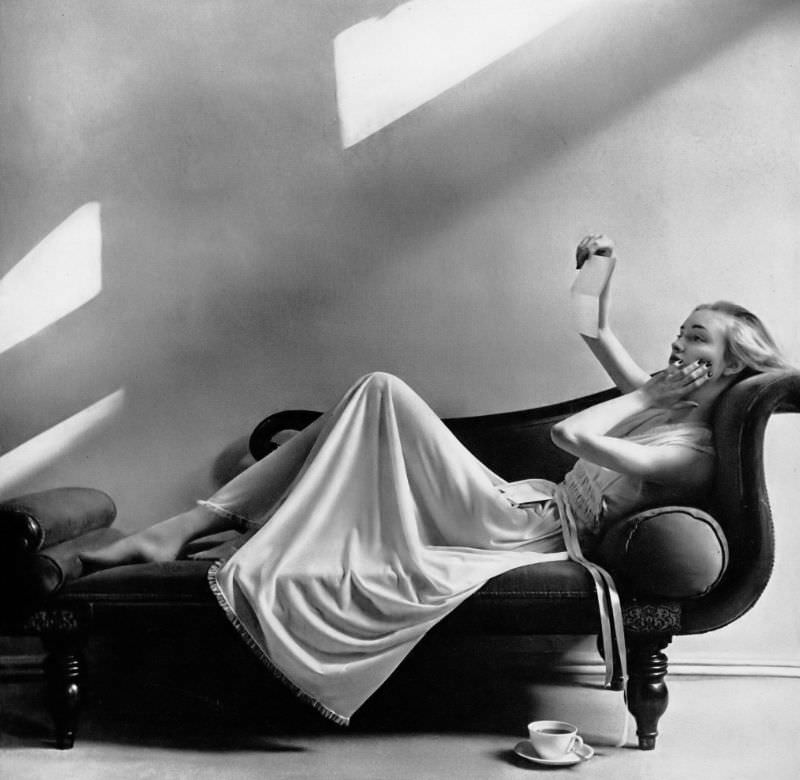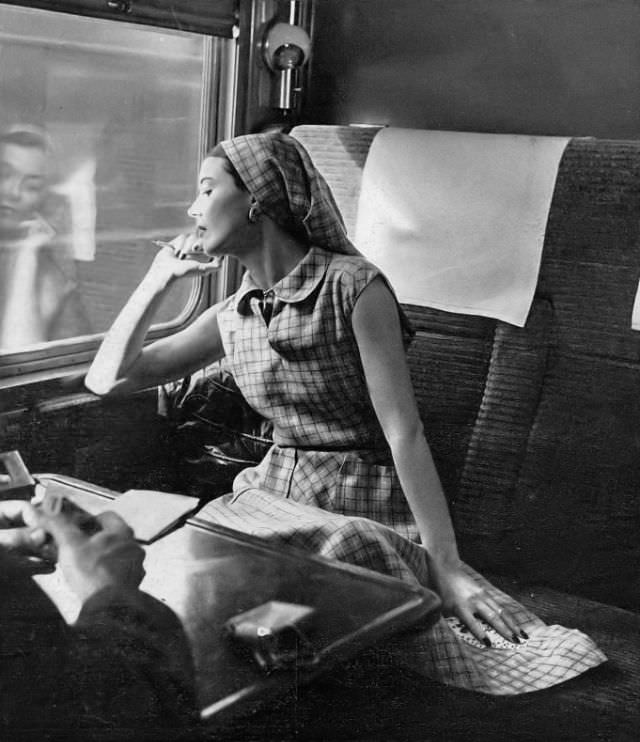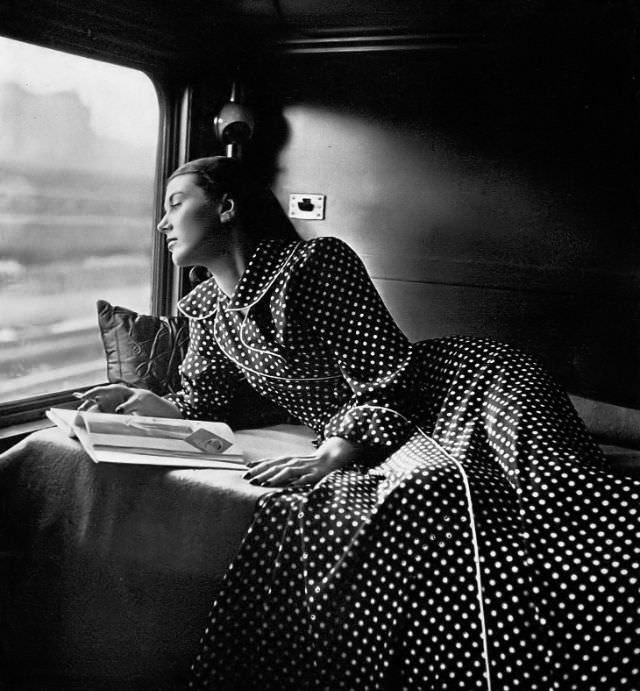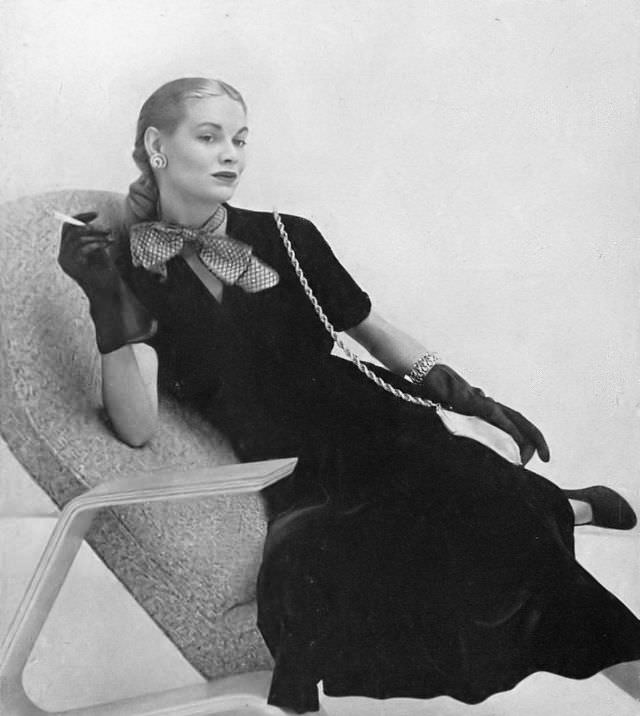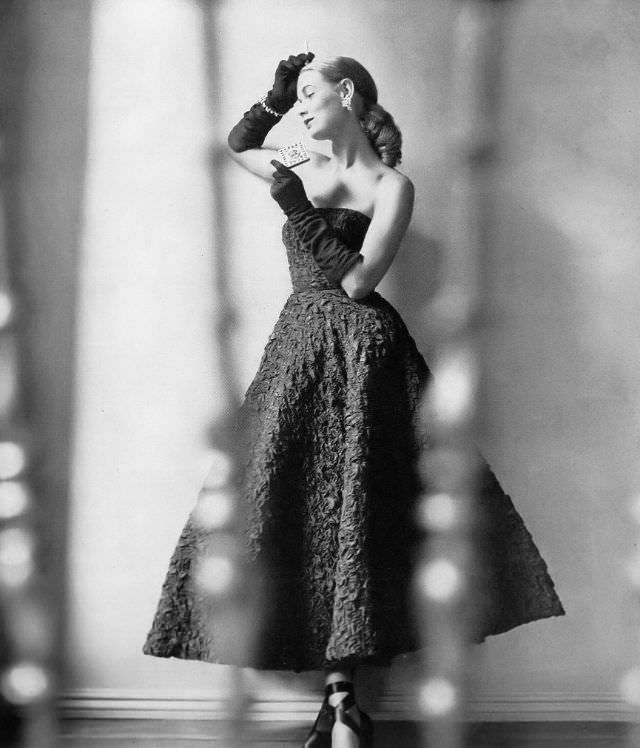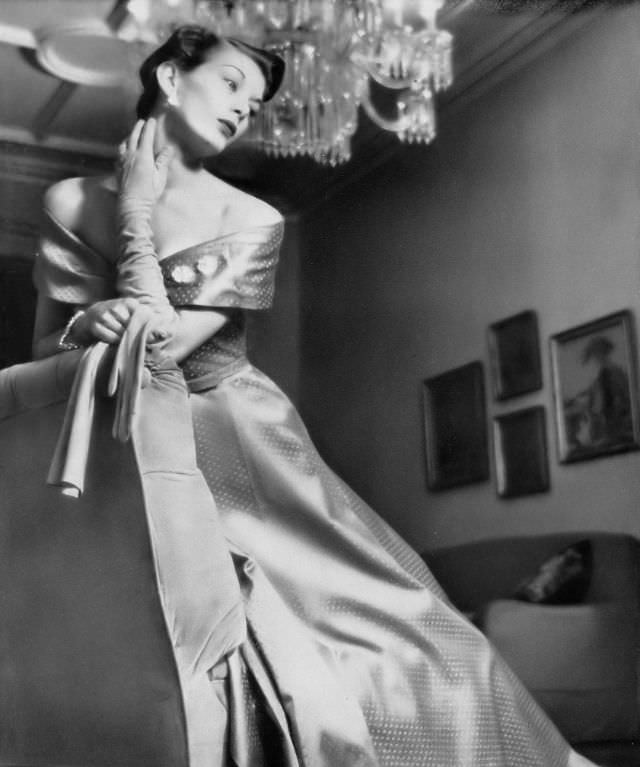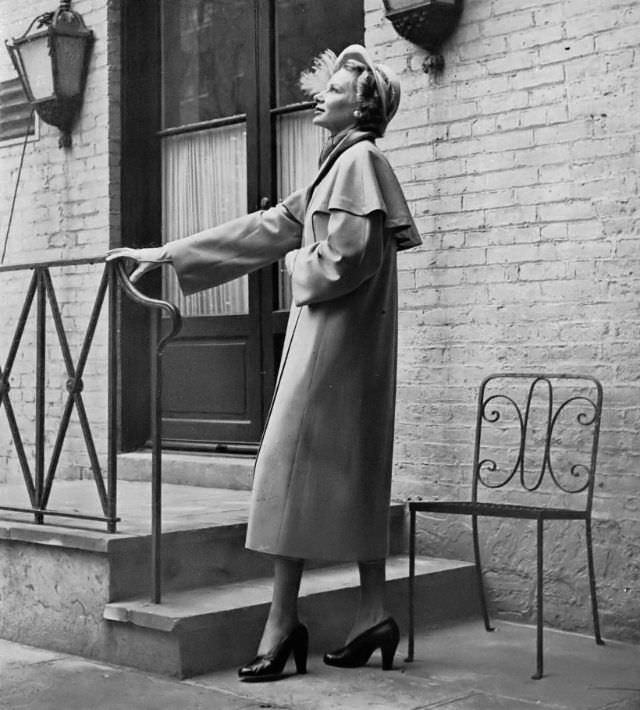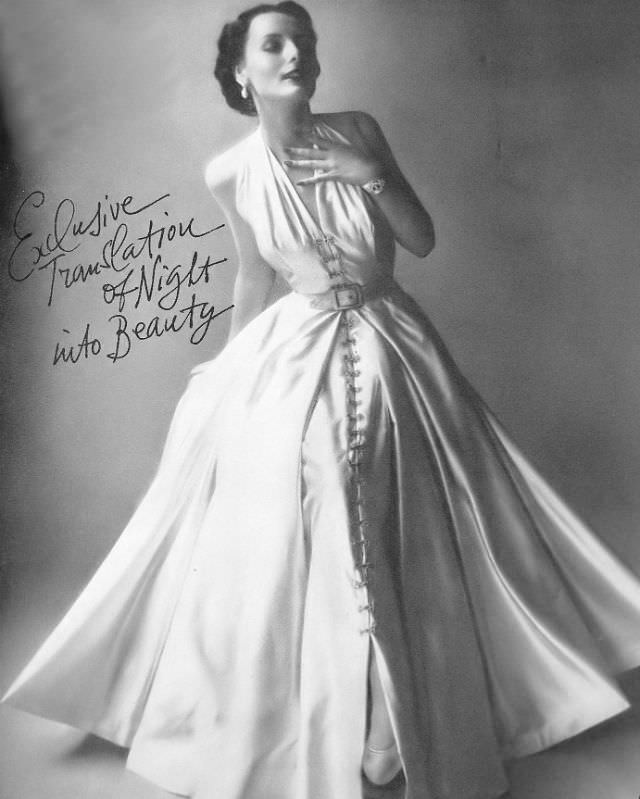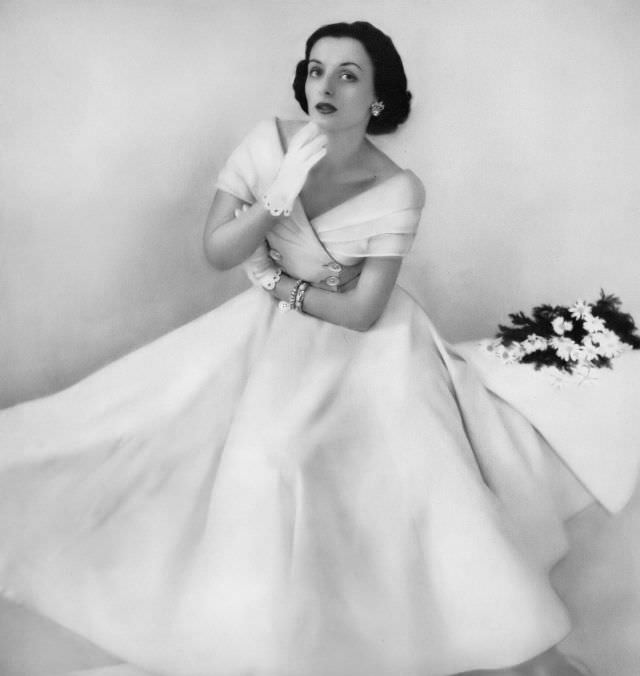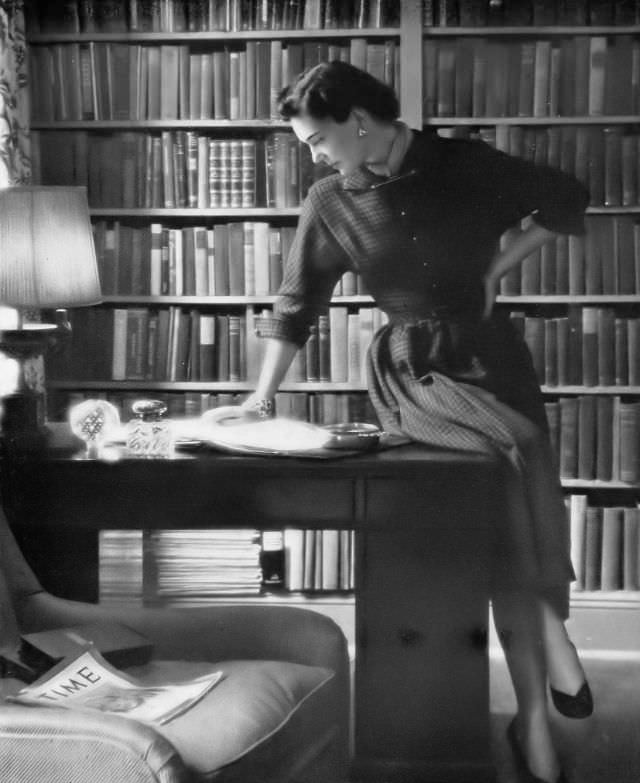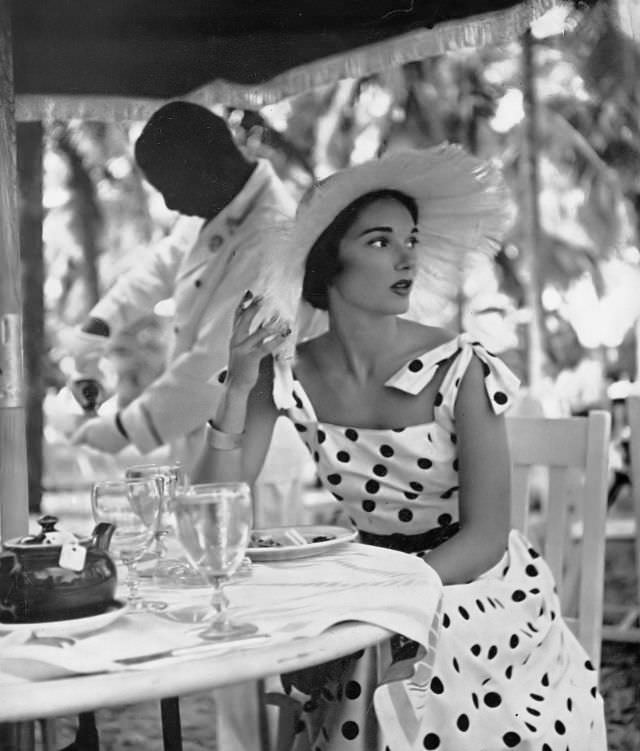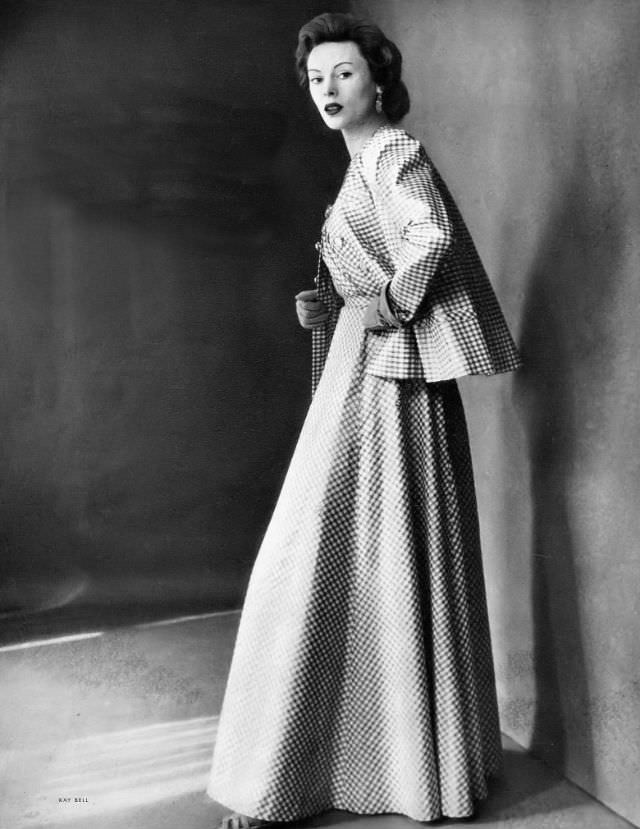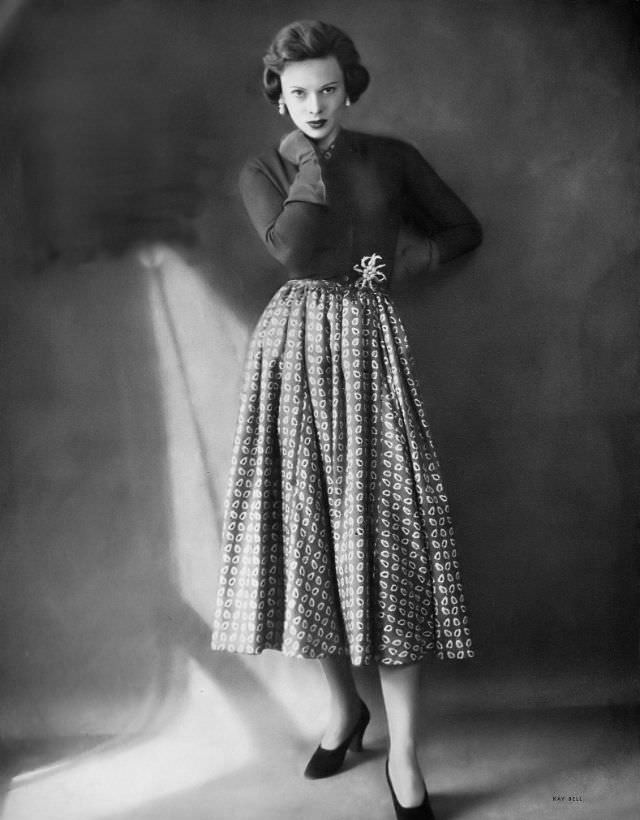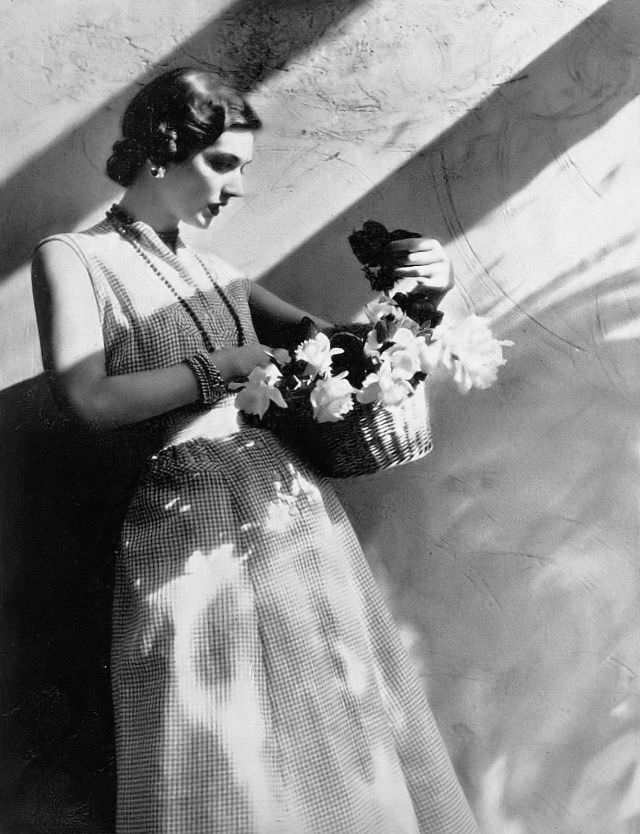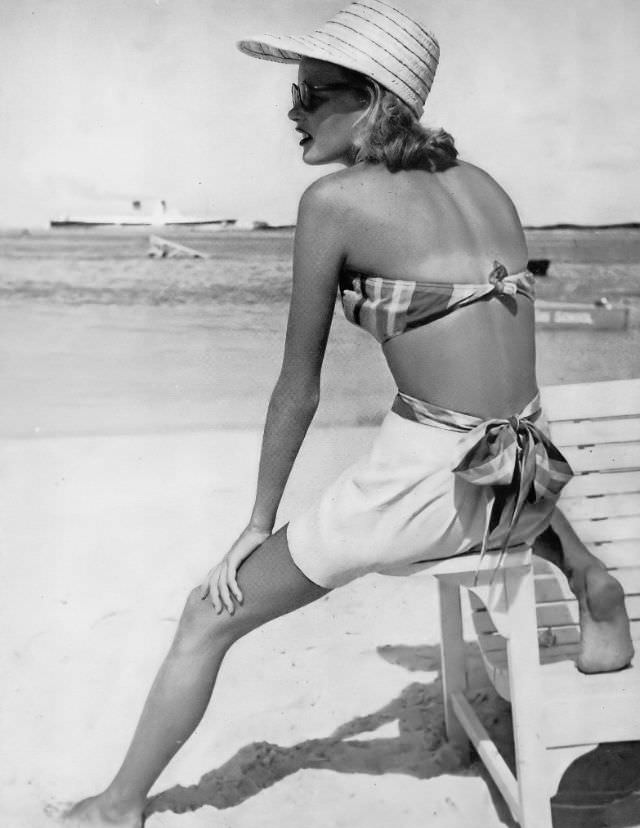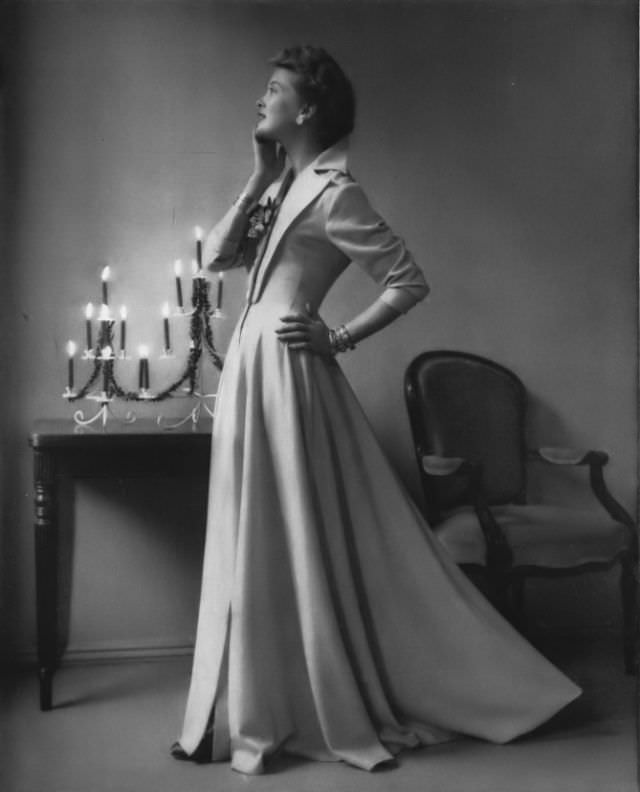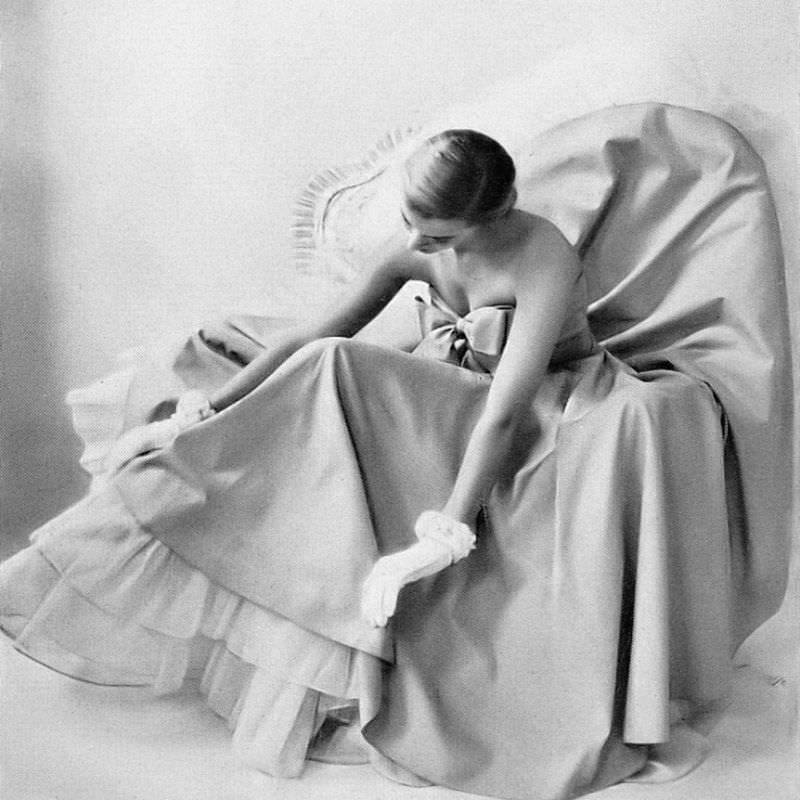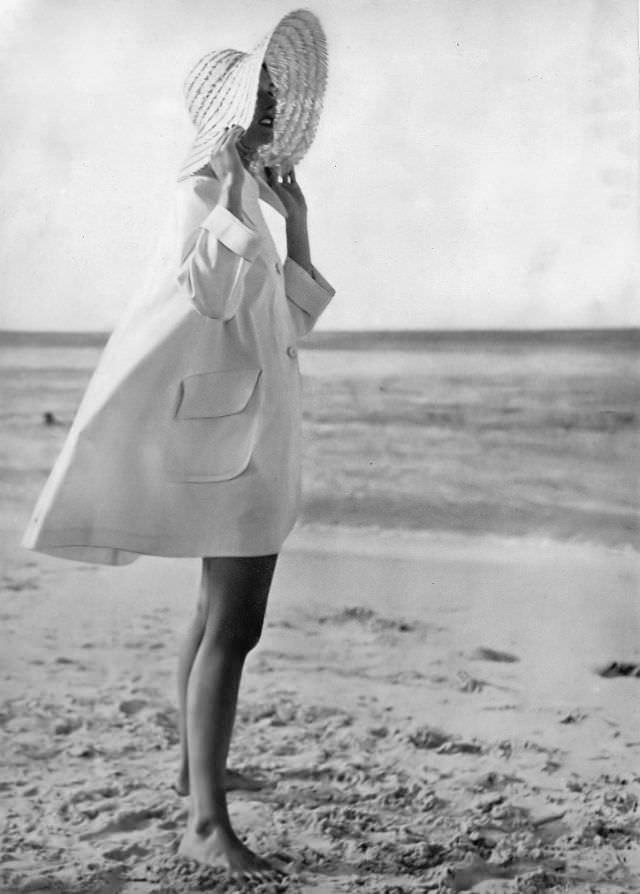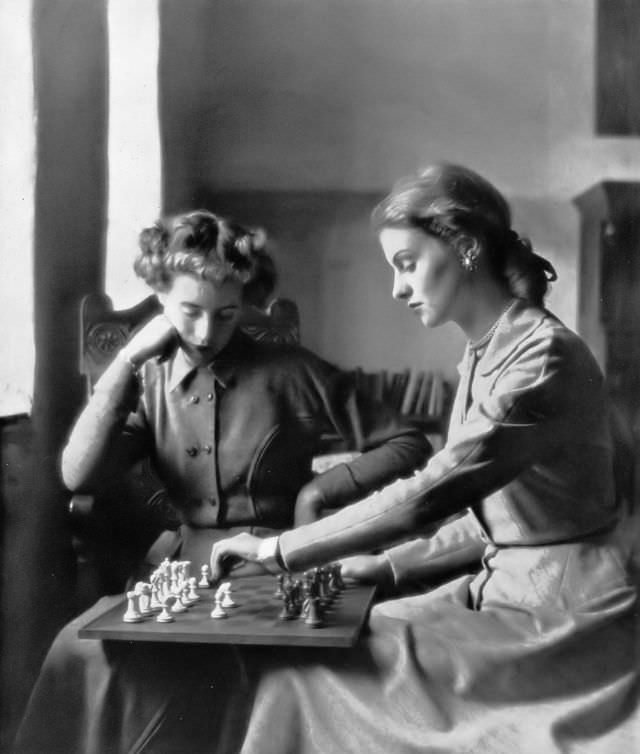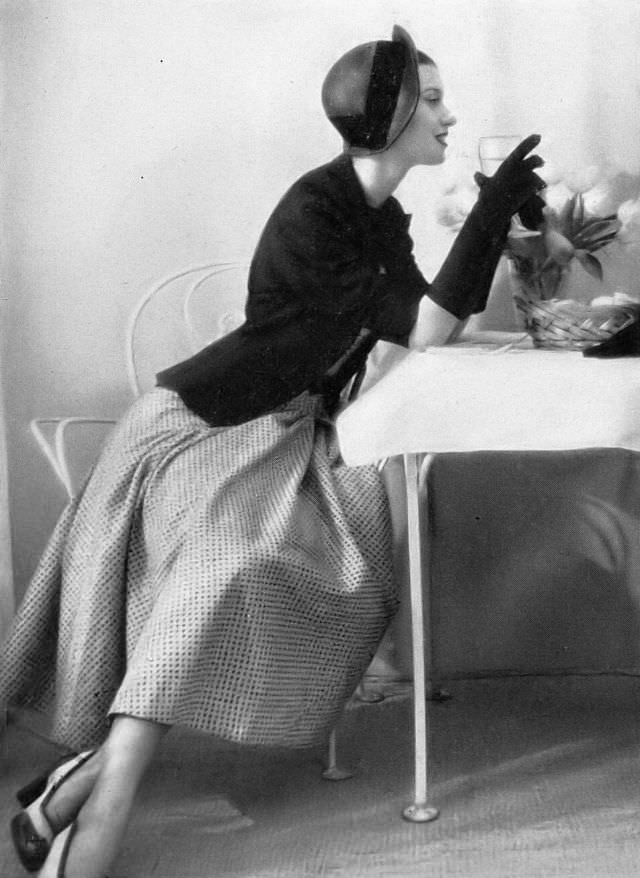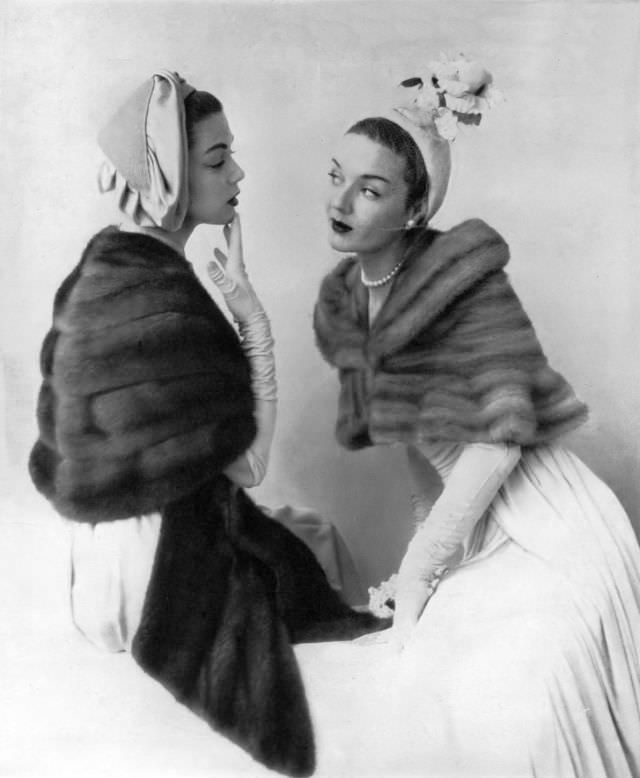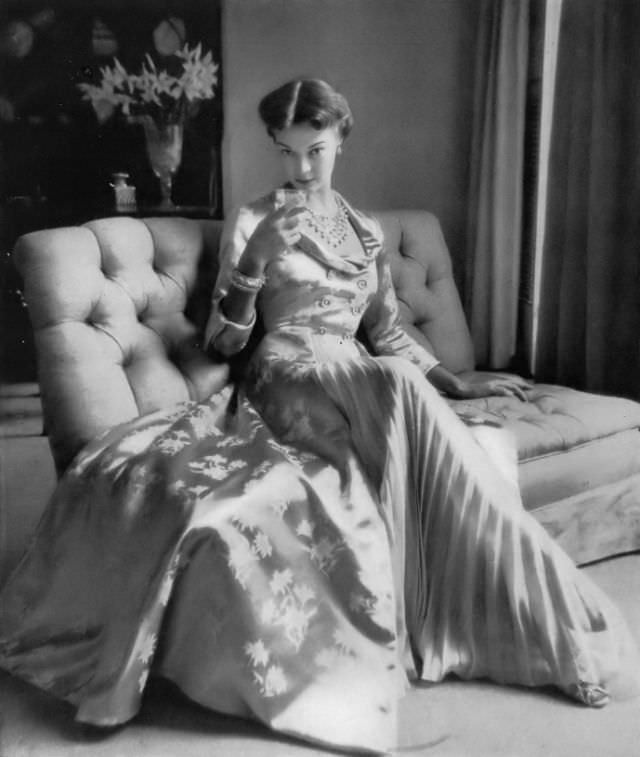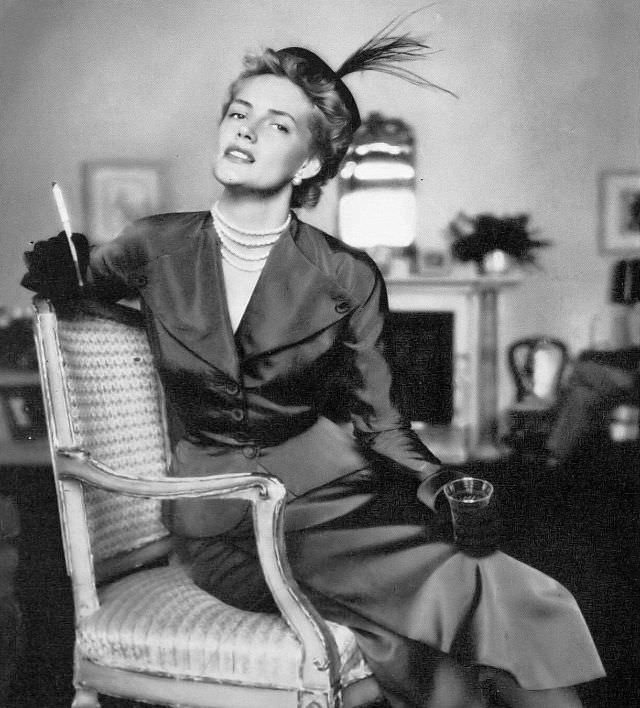Bell was a pioneer in the world of fashion photography. In an era where the industry was dominated by men, Bell carved out a space for herself with her keen eye for detail, her knack for storytelling, and her undeniable talent behind the lens.
Setting the Stage: Fashion in the 1940s
To fully appreciate Bell’s work, we need to understand the backdrop against which she was working. The 1940s was a tumultuous time, marked by World War II and its aftermath. Fashion was impacted significantly, with restrictions on fabric leading to more streamlined, practical designs. Yet, despite these constraints, or perhaps because of them, creativity in design flourished.
Capturing the Spirit of the Era
Kay Bell’s photography captured this spirit perfectly. Her images were more than just pictures; they were snapshots of an era. They told stories of resilience, of evolving fashion trends, and of a society in transition.
Through her lens, Bell captured the simple, structured designs of wartime fashion, the introduction of “utility wear,” and the gradual transition to the more feminine and extravagant designs of the late 1940s. Her work truly encapsulated the evolution of fashion during this period.
Bell had a unique approach to fashion photography. Instead of focusing solely on the clothes, she focused on the narrative. Her images often featured models in real-life settings, going about their daily activities. This approach not only made her work relatable but also painted a vivid picture of life in the 1940s.
Leaving a Lasting Legacy
The impact of Kay Bell’s work goes beyond beautiful photographs. She played a pivotal role in shaping the direction of fashion photography. Her focus on storytelling and context over staging and artifice was ahead of her time, and her influence can still be seen in fashion photography today.
Furthermore, Bell paved the way for future generations of women in the industry. She proved that women could not only succeed but excel in a male-dominated field, leaving behind a legacy that continues to inspire.
Her incredible work reminds us that fashion is more than just clothing. It’s a reflection of the times, a form of self-expression, and a powerful narrative tool. Through her lens, we see the resilience, creativity, and evolution of fashion in the 1940s.


